Stay Warm in a Car with No Heat [9 Tips for Car Campers]
![Stay Warm in a Car with No Heat [9 Tips for Car Campers]](/content/images/size/w1200/2023/02/IMG_0262-2.JPG)
Winter can be a challenging season, especially for car campers and nomads like me who might be trying to stay warm in a car with no heat.
If your car's heating system is broken, or you find yourself stranded on the side of the road, or perhaps in a storm while low on gas, it's essential to know how to keep yourself warm and safe. In this article, I’ll go over some tips and tricks for staying warm in a car with no heat.
Let's get down to business...
Dress in Layers
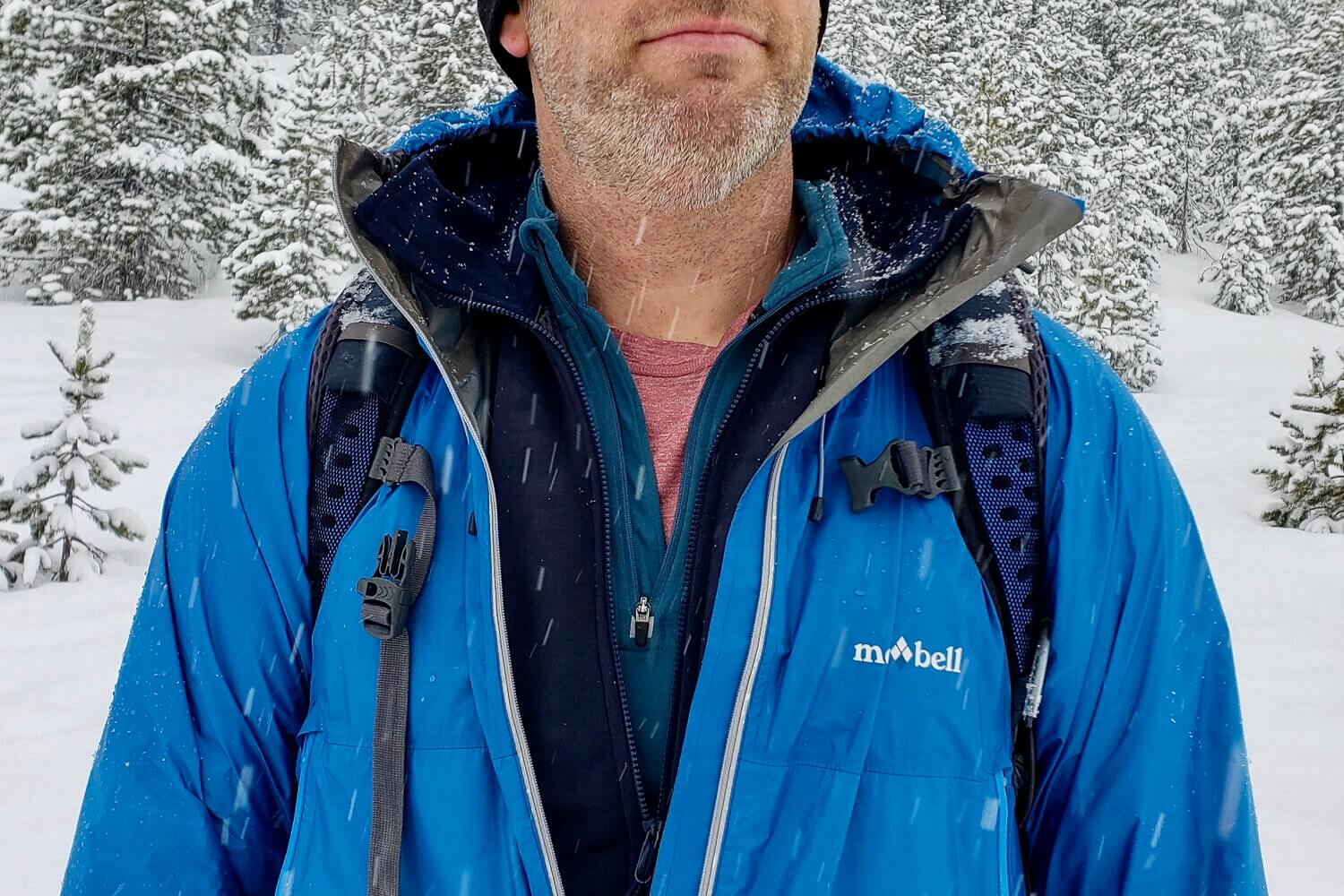
The first step in staying warm is to dress appropriately. Dressing in layers is key to keeping warm, as it allows you to add or remove clothing as needed.
Start with a thin base layer made of synthetic material that wicks away sweat, such as polyester or nylon. Add a mid-layer of insulation, such as fleece or down, to trap heat and keep you warm. Finally, top it off with a waterproof and windproof outer layer to protect against the elements.
Cover Your Head, Feet and Hands
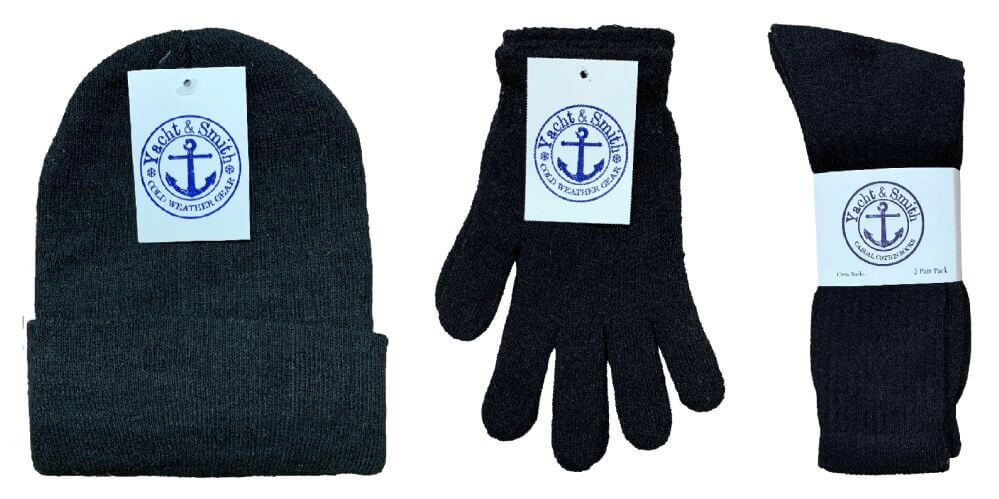
Contrary to popular belief, we do NOT lose most of our body heat through our head. However, the head, feet and hand areas are proven to be the most sensitive when it comes to the cold, so it is important that you keep these body parts covered at all times.
Wearing multiple pairs of socks - or even heated ones - is a good idea. So too is a warm hat & gloves. Further, make sure you wear these items when you go to sleep. You might look a bit silly, and it won’t be the most comfortable, but they will help keep you warmer.
Get a Sleeping Bag
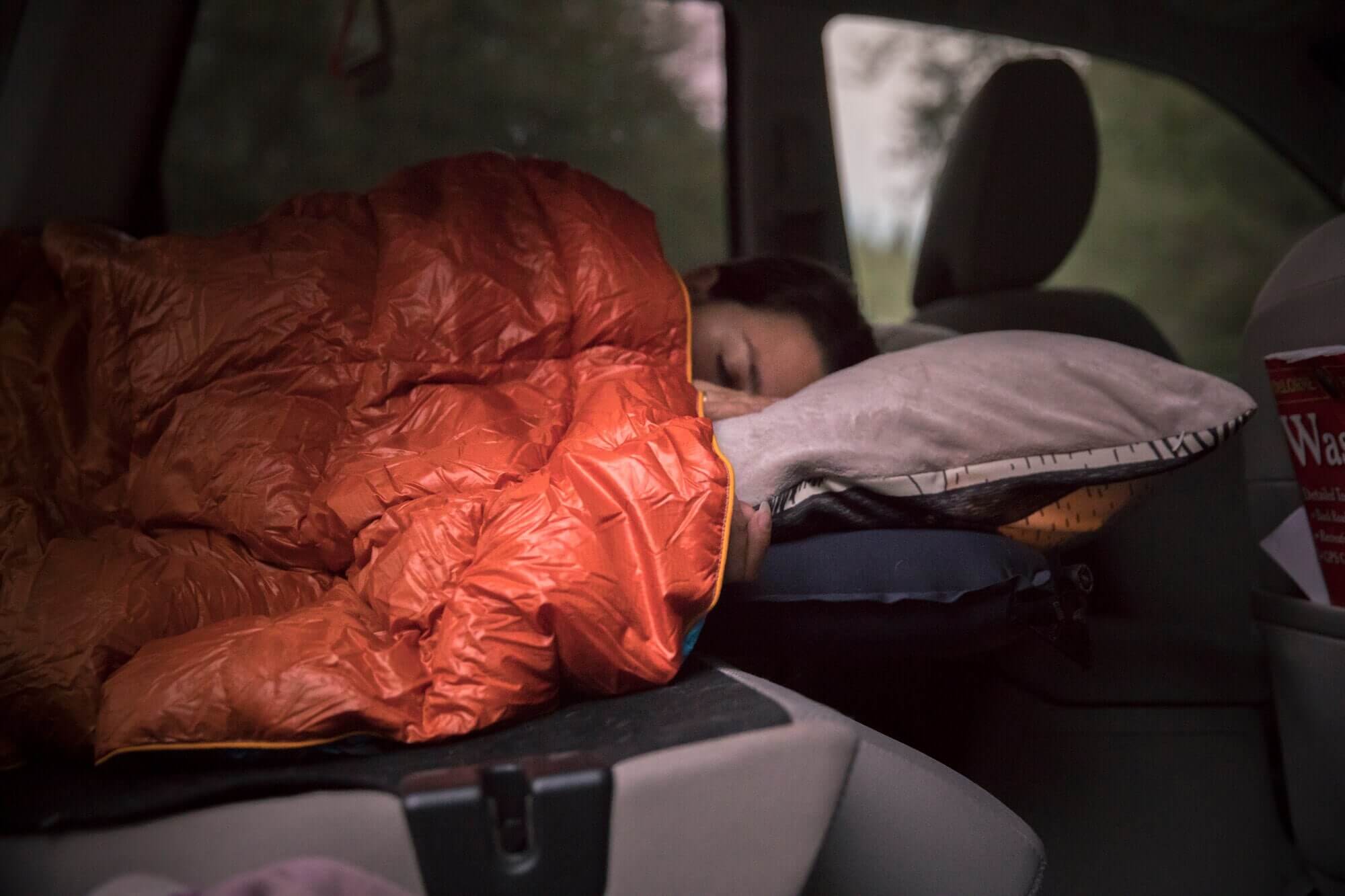
If you’ll be camping or living in a car for any length of time, a sleeping bag is a wise investment. They come in a variety of styles, sizes and prices, but you don’t need anything overly expensive. Just be sure to get an “all-weather” bag, or one that’s rated for temperatures below 0 degrees Fahrenheit.
Avoid the Wind
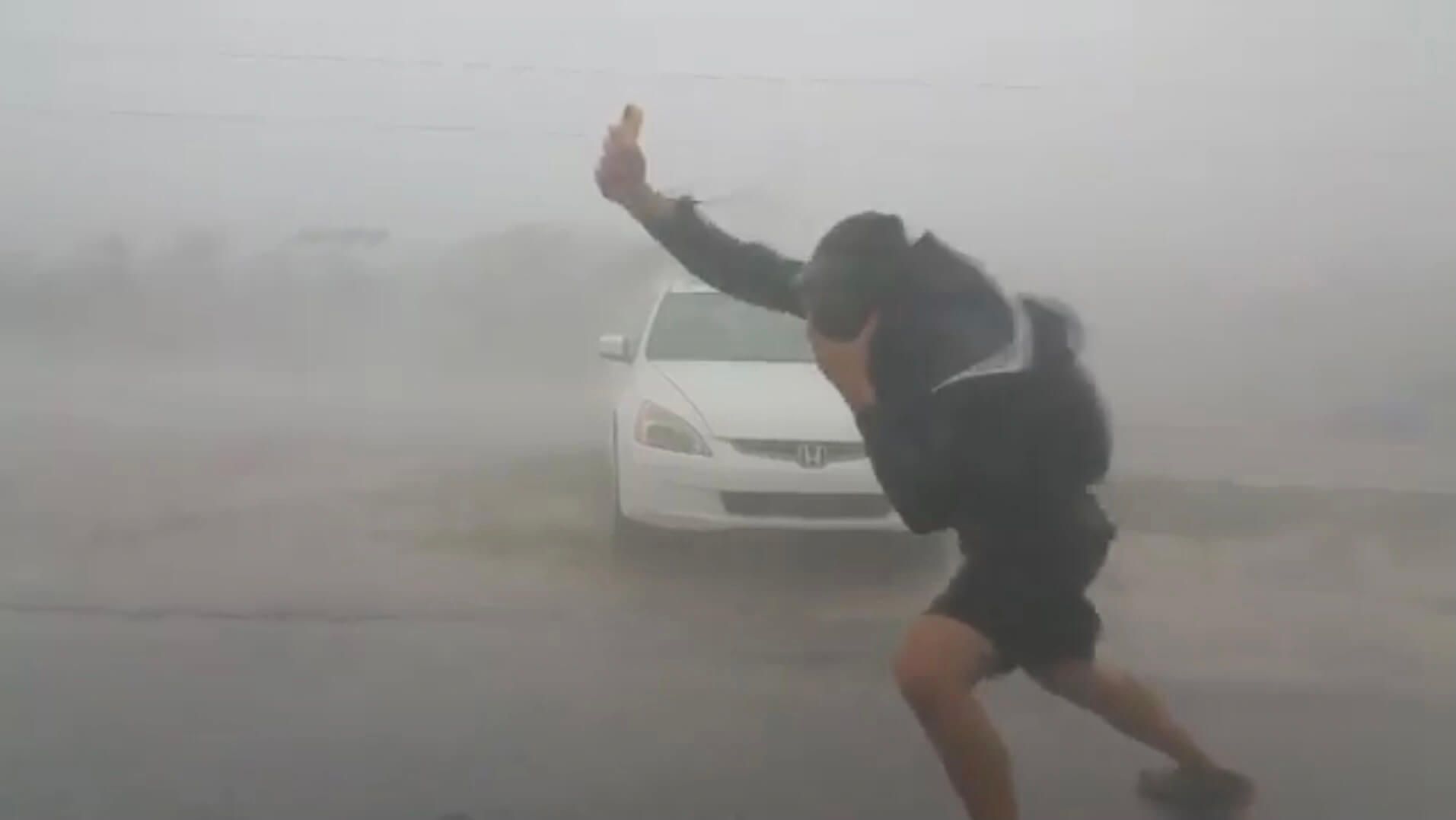
Cold weather by itself is bad enough, but add wind to the mix and it’s even worse, and more dangerous. If you have the ability to move your car, try finding a space to park that’s close to a structure like a school, office building, big box store, etc.
The key is to find a spot that’s sheltered - even just on one side - that will help reduce crosswinds. Cold air can easily make its way into a car, so you can imagine how much worse it is when wind enters the equation. Doing this - on top of employing the other tips here - can assist in keeping the worst of the frigid air out of your vehicle.
Use Hand Warmers
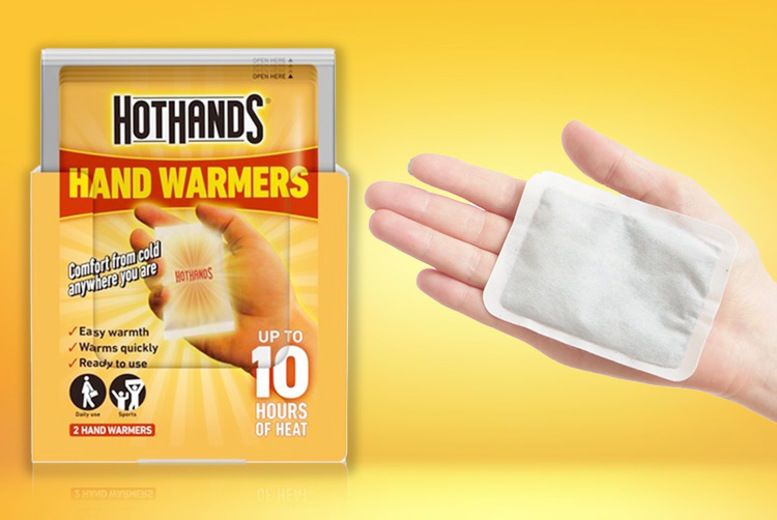
Hand warmers are small packets that generate heat when opened. They can be placed in gloves, pockets, socks or shoes to provide extra warmth. They generally last for about 5-10 hours (depending on brand, price, etc.). Being that these can usually be purchased for $5-$10 for a 10 pack, hand warmers are a cheap, convenient and portable solution for keeping warm when you’re in a car without heat.
Try a USB-Powered Heated Blanket
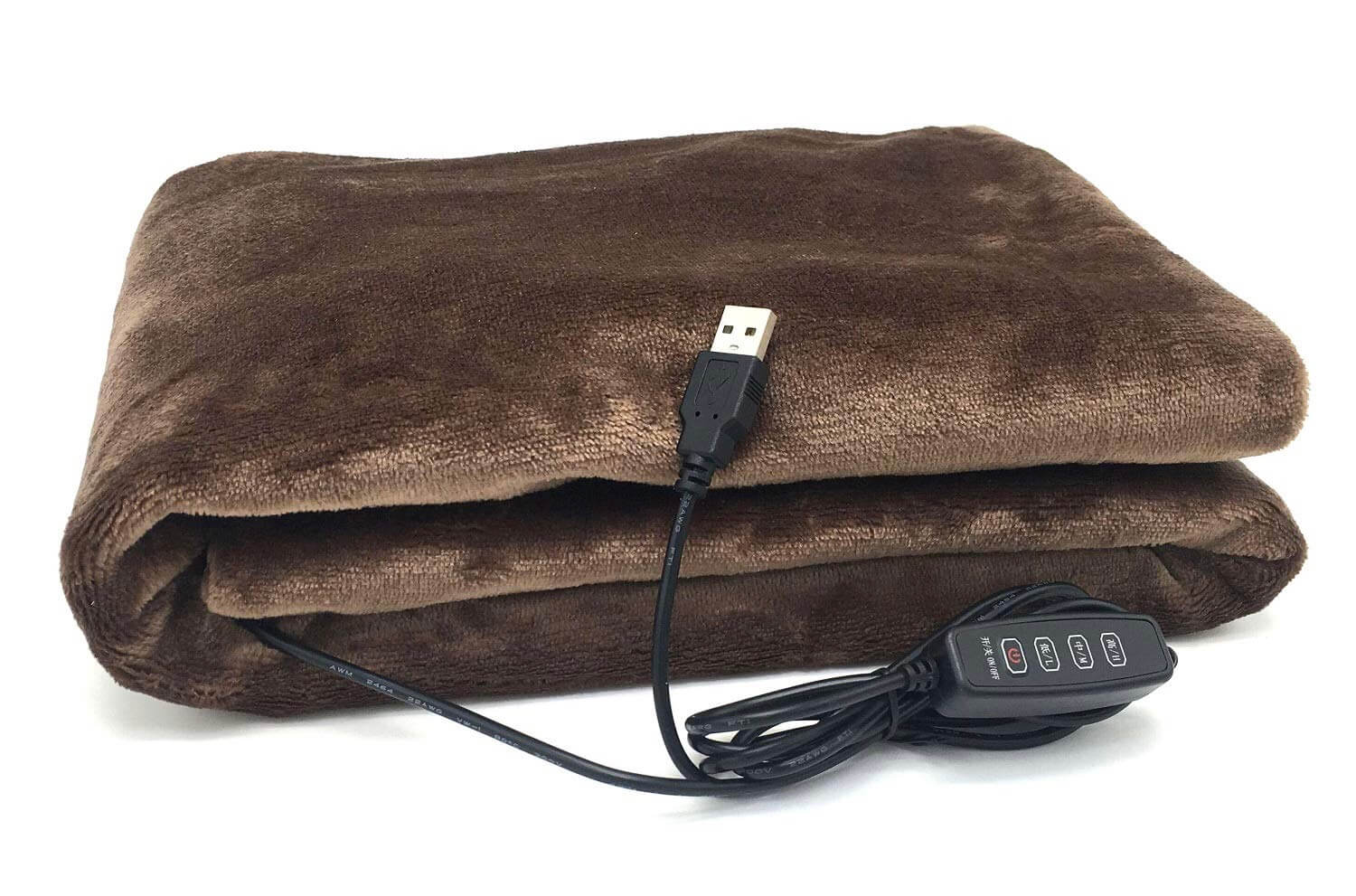
While you obviously MUST have a blanket if you’ll be living in your car during the winter, why not take it a step further and get a USB-powered heated blanket. There are many inexpensive ones to be had online ($50-$100), and the best part is that these blankets don’t need any electric, and can be operated via USB through a portable power bank!
Use a Nalgene Bottle or Rubber Water Bag


These two items are a godsend to car campers and nomads. Fill either of these up with very hot water and keep it tucked inside of your jacket, under your blanket, or inside of your sleeping bag. It literally feels like having a small space heater next to you!
You can get the hot water a variety of ways: heating it up on a propane stove, by filling the vessels in a convenience store, or even from the sink in a Starbucks bathroom or other restaurant chain.
Stay Hydrated

Staying hydrated is crucial for staying warm, as dehydration can lead to decreased body temperature. Drink plenty of water or other warm beverages, such as tea or hot chocolate, to keep your body hydrated and your core temperature up. Soups, stews and chiles are an easy food to cook fast on a propane stove,
Make Window Covers
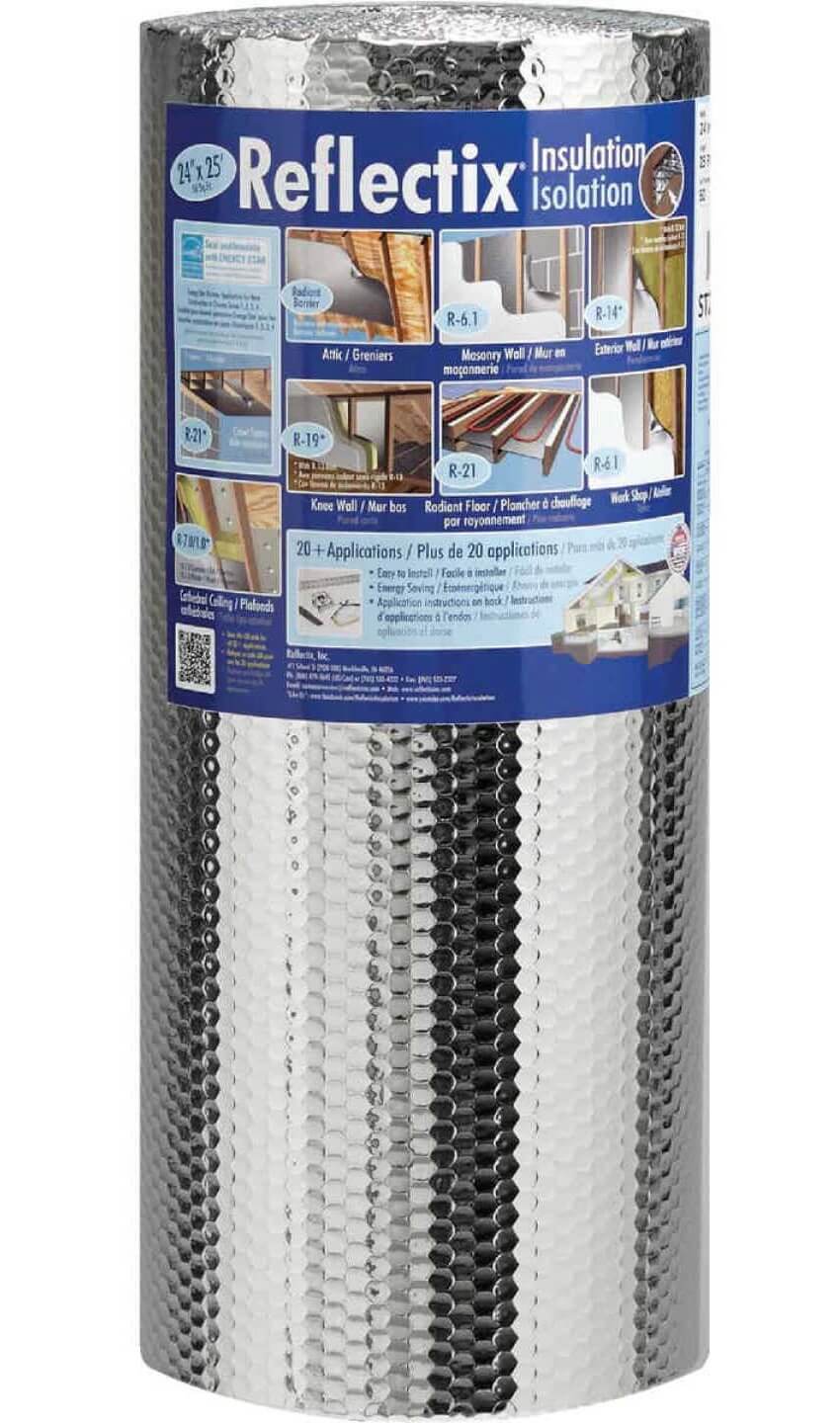

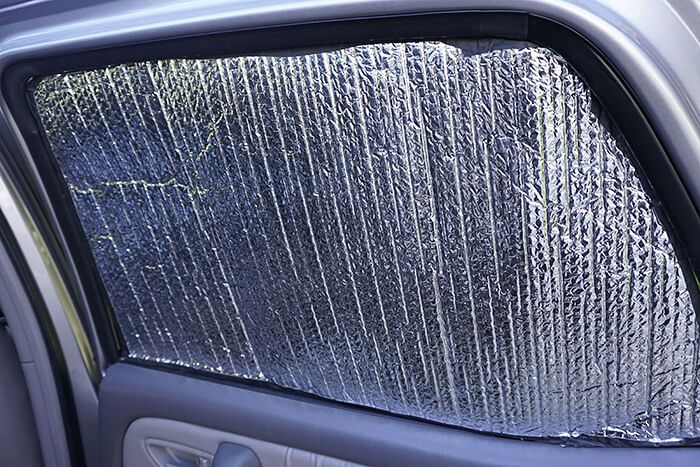
Reflectix is another product that car campers and nomads just can’t live without. It’s inexpensive, easy to work with, and does an amazing job at managing temperature levels in all sorts of places.
Put simply, this thermal insulating material (basically bubble wrap with a few layers of reflective aluminum film) helps to keep frigid air out in the colder months, and prevents heat build up in the warmer months. It’s like magic, but based upon science :)
You can buy a roll of Reflectix for $15-$20, and then cut shapes that fit snugly into the window frame of your car. Some people use suction cups to hold them in, some use sticky tape, and others just press the Reflectix into the groove of the window frame, whatever is the easiest for you.
Using Reflectix on your windows during even the coldest of days will help to retain heat in the vehicle, while also keeping any icy air at bay.
PRO TIP: For added warmth, try covering your Reflective panels with felt, fleece or flannel. This creates an additional layer of protection and can help further keep cold air outside of your car.
Things NOT to Do
Now that you have a bunch of helpful tips on how to stay warm in a car with no heat, here are a few things that you should AVOID doing, if at all possible…
*Though it might be tempting, never use candles or a propane heater to warm the inside of your car. The risk of fire is a very real possibility, as is carbon monoxide poisoning. It’s not worth the risk.
*Avoid getting wet! Being exposed to dangerous cold is difficult to deal with on its own, but having to do so while wet is much worse…and can even be life threatening. Stay dry at all costs. This is equally true for both your body and your clothes.
*Resist drinking (or eating) cold beverages & foods. The colder your environment is, the lower your core body temperature will fall. This not only makes you feel frigid, but can be dangerous as well. Don’t help this along by drinking or eating anything cold. At a bare minimum, room temperature items are all you should consume, with warm or hot foods being the better option.
*Stay inside your car as much as possible. When the weather is bad outside - and especially dangerous so - the safest place to be is in your vehicle. You’re protected from the elements, can make yourself reasonably warm, and with some food & water, you can wait until any bad weather passes to move on or get help.
Leaving the vehicle creates hazards. While there are obviously exceptions to this tip, in the vast majority of cases, if you just stay inside the safe cocoon of your car during inclement weather, you’ll be more than fine.
Final Thoughts
I've been living on the road as a full-time car camper for 10 months now, and have encountered some pretty cold weather at times.
The tips I've shared above aren't just theory or useless suggestions, but instead, simple, REAL WORLD practices that I've used to stay warm and safe in even the most bone-chilling of temperatures.
I urge you to remember these tips, as it will not only make your nomad journey easier, but also more comfortable and trouble-free.
LIVE WISELY, LIVE WELL!

